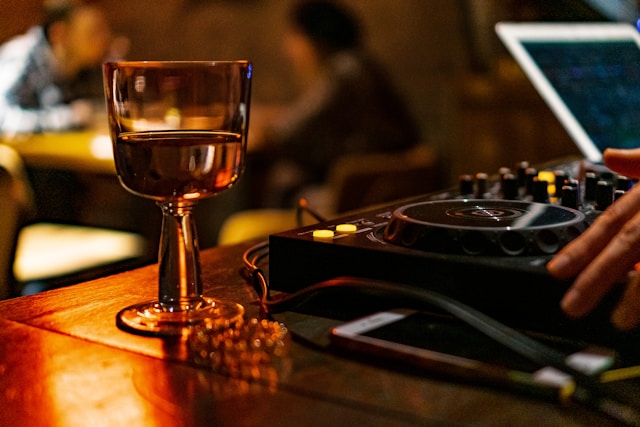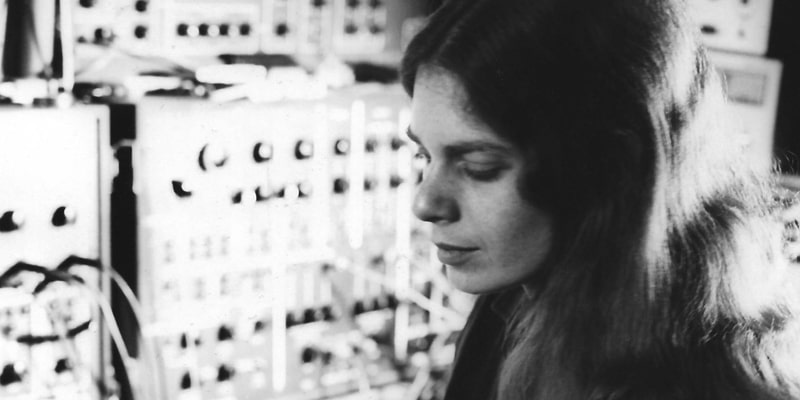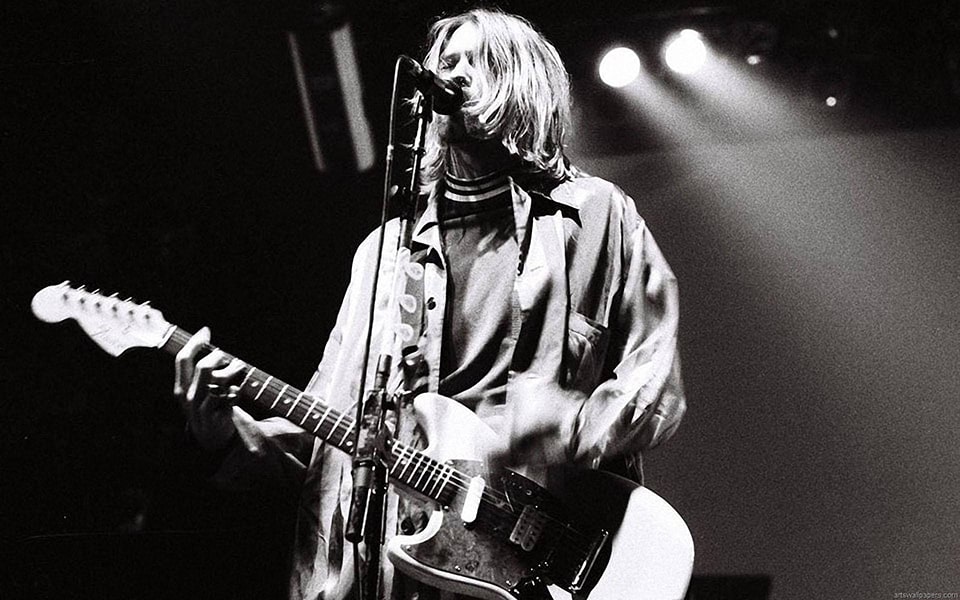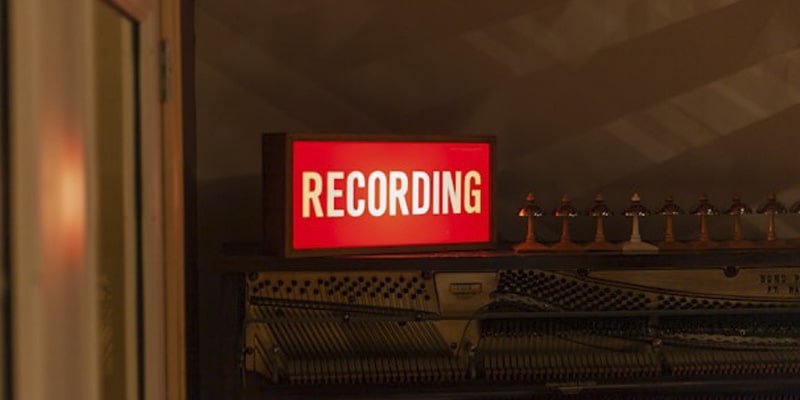Have you ever wondered why a great evening so often consists of two ingredients: good company with your favorite music and, perhaps, a glass of something tasty? At first glance, sound waves, emotions, and chemical compounds in a drink seem unrelated. But science says: they are much more connected than you think. Music and alcohol play on the same strings of our brain’s neurochemistry, creating a powerful cocktail of emotions. Let’s break it down.
Dopamine in the Brain: The Currency of Pleasure
At the core of any pleasure—whether from delicious food, sex, or money—lies dopamine, often called the “reward molecule.” It’s our internal currency of satisfaction. And here’s the fascinating part: music, an entirely abstract stimulus with no biological survival value, can trigger a strong dopamine release similar to tangible rewards.
Research shows this process happens in two stages:
- Anticipation: when you listen to a familiar song and know that your favorite moment—the guitar riff or chorus—is about to arrive, the caudate nucleus activates. It’s responsible for anticipating rewards and releases dopamine, creating that sweet feeling of expectation.
- Peak Experience: at the climax, when music gives you chills, dopamine floods the nucleus accumbens—a key hub of the brain’s reward system Salimpoor et al., 2011.
This link has been proven pharmacologically, too. In one study, participants received either levodopa (a dopamine precursor) or risperidone (a dopamine antagonist). Results: levodopa boosted the pleasure of music and motivation to re-listen, while risperidone suppressed it. This is direct evidence that dopamine plays a causal role in musical pleasure.
Opioid “Hugs”: The Second Ingredient of Euphoria
But dopamine is only half the story. Another key system involved in musical bliss is the endogenous opioid system. It’s responsible for the hedonic “liking” aspect of reward, as opposed to dopamine’s “wanting.”
Recent PET-scan studies revealed that pleasurable music modulates μ-opioid receptors in the ventral striatum and orbitofrontal cortex. Even more strikingly, the number of chills participants felt was directly correlated with opioid release in the nucleus accumbens. This explains why music can bring not only euphoria but also pain relief.
Now connect the dots. Alcohol stimulates the same dopamine and opioid pathways. It boosts dopamine (euphoria, motivation) while simultaneously activating the opioid system (relaxation, satisfaction). Pair music with alcohol, and you’re essentially double-stimulating the brain’s reward centers. Not just an addition of effects—a true neurochemical duet.
Alcohol as an Emotional Amplifier
There’s another mechanism at play: alcohol myopia. This term refers to alcohol’s dampening of prefrontal cortex activity—the part of the brain that controls inhibition and critical thinking Steele & Josephs, 1990.
The result? Emotions become more intense, and attention narrows to the strongest stimulus. If that stimulus happens to be music, it can take over your entire consciousness. That’s why in clubs or parties, it often feels like the music doesn’t just play—it moves your body.
The Social Magic of Music and Alcohol
Music is always more than an individual experience. Singing or dancing together synchronizes people and boosts oxytocin, the hormone of trust and bonding. Alcohol, in turn, lowers social anxiety, making it easier to join in.
The outcome is a powerful social glue effect—a sense of unity with others that can be as rewarding as the individual pleasure itself. That’s why karaoke with friends or dancing in a club “with a drink or two” often feels so unforgettable.
What Makes the Sound “Right”?
Okay, the brain reacts—but to what exactly in sound? Why does one song make you dance while another doesn’t?
Neuroscience highlights a few key factors:
- Spectral flux: the brain syncs most strongly to changes in timbre and pitch, not just loudness.
- The magic tempo: synchronization peaks at 60–120 bpm—the same rhythm as human walking.
- Familiarity: familiar songs trigger stronger reactions because the brain loves to predict. Successfully anticipating the next note is a reward in itself.
A Word of Caution: Listen Safely
Immersing yourself in sound is powerful, but health matters too. According to BMJ Global Health, over 1 billion young people aged 12–34 are at risk of hearing loss from unsafe listening practices—through headphones or loud concerts. About 24% regularly listen at unsafe levels. Hearing damage accumulates silently and increases vulnerability to age-related loss.
Conclusion
Music is not just background noise. It activates the same reward systems as food, sex, or alcohol. It plays with our brain’s predictive powers, reacts to spectral and rhythmic shifts, and immerses us in a dopamine-opioid cocktail. Alcohol acts as an amplifier—reducing control, intensifying emotions, and boosting social connection.
So next time you play your favorite track and feel chills racing down your spine, remember: it’s not magic. It’s your own biochemistry throwing you a party. Just make sure to keep the volume in check.
And if you want to dig even deeper into how our surroundings shape music perception, check out this fascinating article on the impact of architecture and environment on music tastes.






